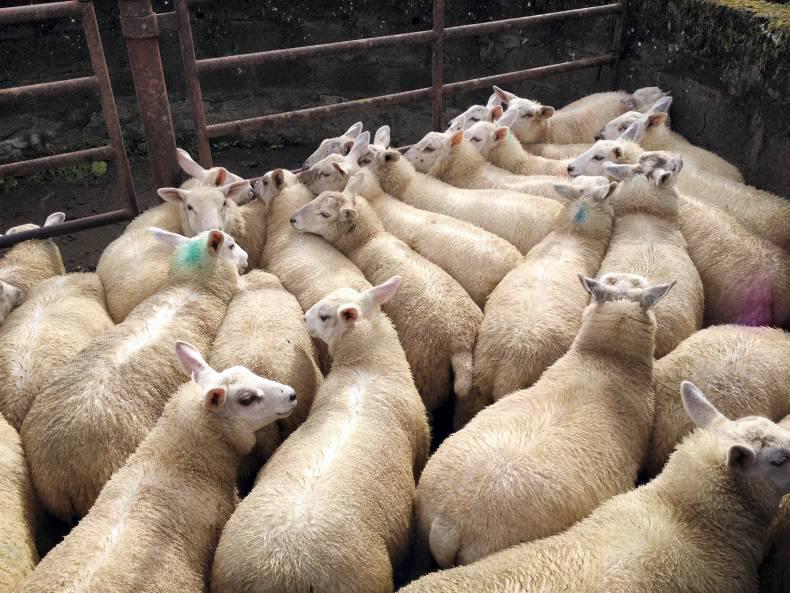I recently attended the Sheep 2015 day in Athenry. For different reasons, I hadn’t been to the last one and I was really looking forward to this year’s event.
Confidence in the sheep sector seemed high in spring/early summer. After a few years of stable lamb prices, those of us left in the sheep industry were positive and ready to soak up all the information on display.
It was evident from early on that most other sheep farmers had a similar positive outlook, as there was a huge crowd in attendance from early morning.
Teagasc had a wonderful display of up-to-the-minute information on every element of grazing management a sheep farmer could wish for, from soil nutrition to pre- and post-grazing heights, different grasses/stocking rates and the effects they had on each other.
It was all easy to understand and clearly laid out, but I was left wondering why the stands were not busier. On further investigation, I found a lot of the crowd indoors viewing the commercial trade stands.
The majority of trade stands were selling some form of a magic bullet or potion of various minerals, vitamins and trace elements that, from what I could overhear, would put flesh on your lambs the minute they were given to them.
All of these various bullets and potions come at a price. Yet the Teagasc stands giving out free information on what is really needed in a profitable sheep enterprise – “the ability to grow green leafy highly digestible grass” –were less busy.
Looking for profitability outside the field gate
I am fully aware that most farms have mineral and vitamin deficiencies to a greater or lesser extent. We are in an area where we need to administer cobalt to our lambs on occasion. So when we are told that “grass is king”, is it really?
In the past few years, I have noticed an ever increasing reliance on these potions and drenches that come in a fancy box and protein or energy forms that come on the back of a lorry.
Is this the farmers’ fault, the animals’ fault or the grass’s fault?
A lot of lambs now receive meal either at a young age or at the end of their lives to “push them on”; if grass was king, surely this would not be the case?
Most beef cattle, too, receive lots of other feedstuffs to “finish” them – in fact, you often hear it being said nowadays that “grass won’t finish them alone”.
Dairy cows also receive a greater or lesser amount of feeding to supplement their grass intake.
Is grass really all it is cracked up to be? We are told by all involved in best practice that livestock farming can only become a money-making enterprise if you have grass as the cornerstone of your business.
The sums may not add up, yet more and more seem to be looking for the answer outside the field gate.






 This is a subscriber-only article
This is a subscriber-only article











SHARING OPTIONS: